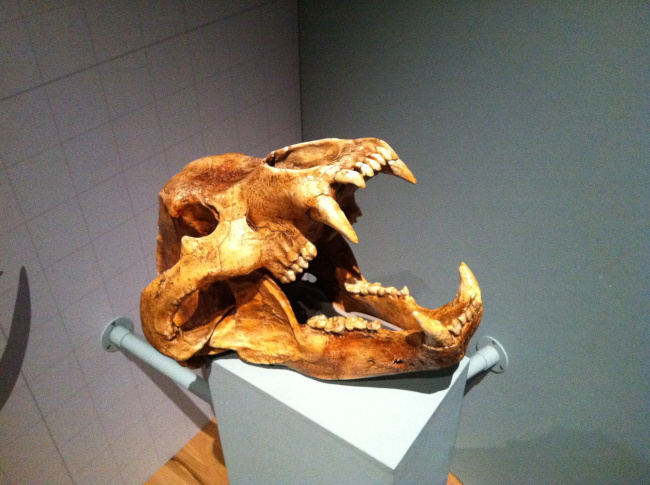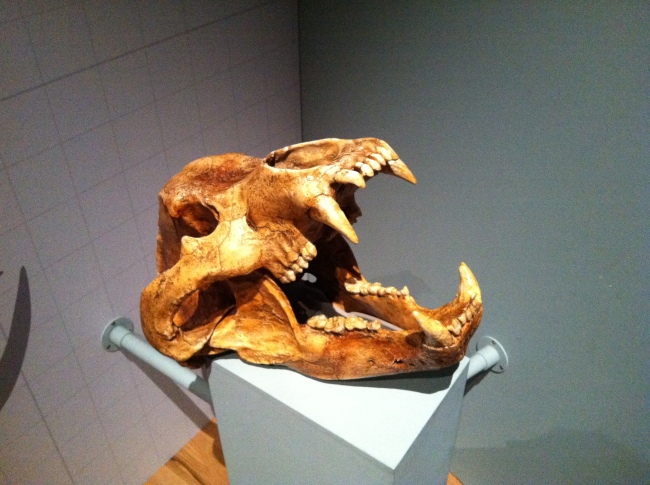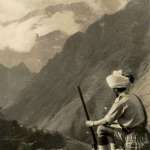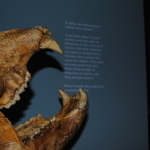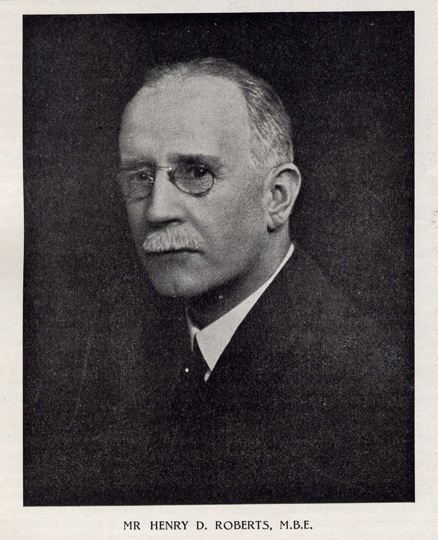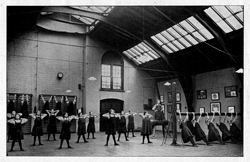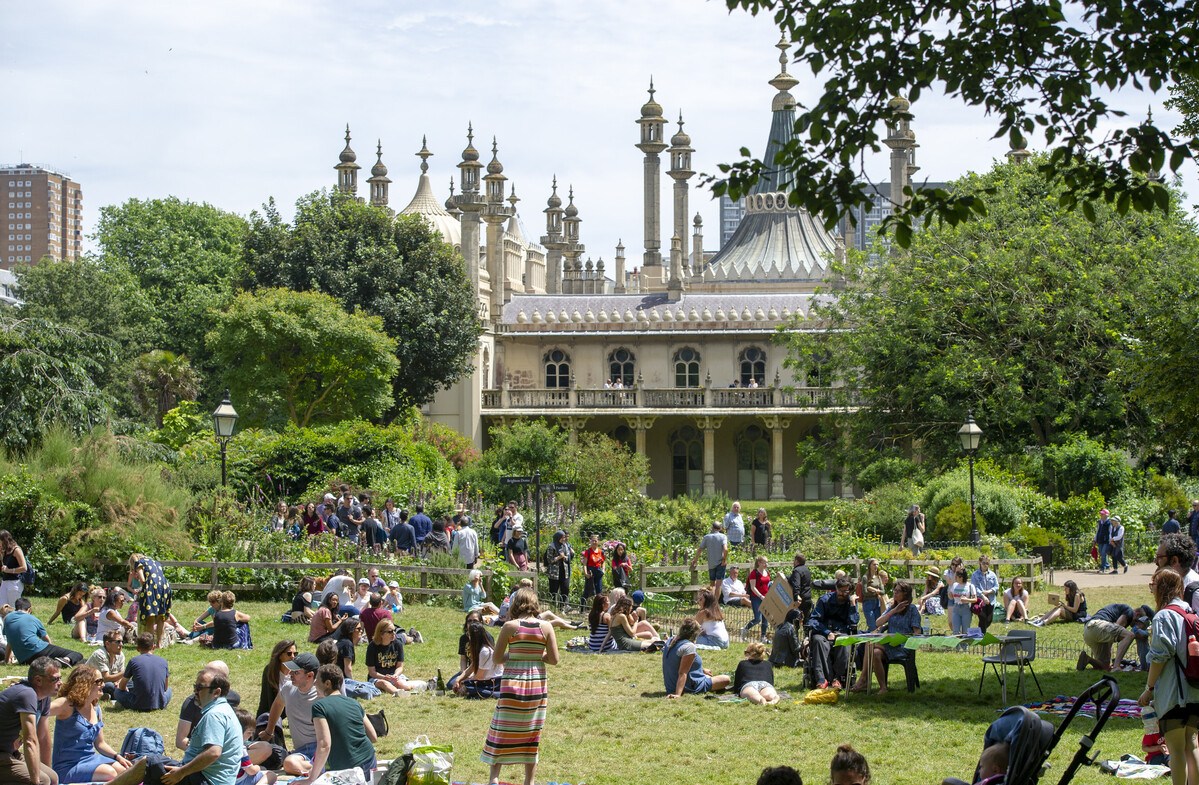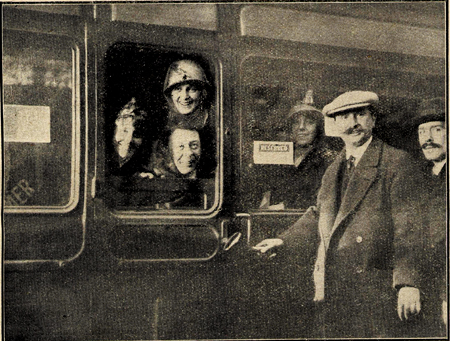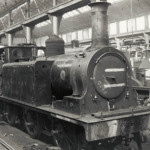
This is a legacy story from an earlier version of our website. It may contain some formatting issues and broken links.
In my recent role of Assistant Curator I was given the task of digitising material from the Local History collections. This is part of the preparation required before items are moved to the Keep, a new archive building for East Sussex. Having digital versions will make the collections more accessible and also help to preserve the original objects. Scanning images was not new to me but I was not accustomed to dealing with audio clips.
I started off with an introduction to the oral history collection by Kate Richardson, Curator of Community History. She talked me through the procedure of digitising recordings and showed me the Adobe Audition software used for this. Kate also gave me an overview of the Brighton & Hove Museums’ collection and the range of topics covered by the interviews, such as life and work in Brighton, youth culture clothing styles, the local Hindu community and LGTB memories of the Pride festival. These interviews have been gathered over the years for particular projects or exhibitions presented by the Royal Pavilion and Museums. In addition, the museums also hold collections created by other organisations, for example Radio Brighton and the Brighton Polytechnic History Workshop.
The History Workshop movement began at Ruskin College, Oxford. It was started by Raphael Samuel, an historian and tutor who supported the study of ‘history from below’, or history as seen from ordinary people’s perspective. Whereas history had traditionally been researched and recounted by academics, Samuel encouraged the participation and contribution of the general public. This was achieved by holding a series of ‘workshops’, the first taking place in 1967. The movement grew, continuing on until the 1990s. Regional groups formed and held their own workshops to gather local information and memories. 1976 saw the launch of the History Workshop Journal, which still continues today.
The first recordings I was given to copy were made in 1978 by Brighton Polytechnic History Workshop. These were a series of interviews with Edward Thomas or ‘Ted’ Sharman who had been an apprentice fitter/turner at the London Brighton & South Coast Railway 1916-1922. We do not have any accompanying documentation for the tapes so it was necessary for me to listen to the recordings and write out summaries of what was discussed. This provides a quick reference point when looking for information on a specific subject that may have been mentioned during the interview. As someone with no prior knowledge of or particular interest in engineering and locomotives, I was slightly daunted at the prospect of listening to and summarising hours of very technical information.
However this was not the case. Ted clearly liked to chat and spoke fluently about the years of his apprenticeship and beyond. He recounted his early days in the different departments such as the machine shop, the fitting shop and the erecting shop. His descriptions of the appearance and characters of his co-workers brought them to life; from the assistant foreman, “a very military looking gentleman…[who] had a black moustache, waxed and twisted right out here” to the foreman of the machine shop, “ a little short man. He’d got bandy legs. I should know that because I drew a cartoon of him once and got into serious trouble.” However, despite his candid accounts of the management, Ted often mentions his gratitude to the men who taught him engineering and how this early training determined the course of his life.
Another key part of the conversations was Ted’s involvement with trade unions; his membership of the Amalgamated Society of Engineers aged 15 leading to a lifetime commitment to the trade union movement. He describes the somewhat mysterious sounding procedure he went through to join: “And I well remember going along to the public house…called the Springfield Arms on the evening of my ‘reading in’…being kept outside waiting for at least half an hour before I was permitted to go inside, and somebody opened a little window in the door, and that was the doorkeeper…the whole room was full of these fellows…and there I stood in front of them, whilst I was read into being a member, almost afraid of the scene I was in.” Eventually he outgrew his initial fear and later became very active in various political organisations, taking part in regular public speaking on the Level with the Independent Labour Party, and addressing a packed audience at the Dome as part of the No More War movement.
As well as explaining the industrial aspects of the railway works in great depth, he also gave a vivid account of life during the early twentieth century. He talked about the social activities he and his friends enjoyed and I was particularly pleased when he mentioned his local cinema, the Duke of York’s, as I share a fondness for this grand building. Entrance was fourpence but his spending money at the time was sparse and did not stretch to entertaining others. He recalls that ‘…if you were trying to meet a girl friend, you’d meet her inside because you couldn’t afford to pay fourpence to take her in!’
The more I listened, the more I wanted to know about the events, places and people described by Ted. I began to look up information relating to these things, in order to familiarise myself with what was being discussed. My investigations into the railway works led me to The Brighton Circle, a group dedicated to research of the London Brighton & South Coast Railway. At least one of the current members had actually been present during these interviews. Ted’s grandfather was an engine driver of the train ‘183 Eastbourne’, which I can now tell you is of the Gladstone class! Perhaps further research will turn up a picture of this to add to the archive?
Another line I started following was Ted’s athletic achievements. Sport was well covered by the railway company and there were staff clubs for cricket, football, boxing, athletics, rifle shooting and angling. During his apprenticeship Ted was part of the Brighton Railway Athletic Club and I was able to find accounts of some of his appearances at meetings reported in The Times. In 1926 he held the title of Ten Mile (Road Walking) Champion of Great Britain for Sheffield United Harriers and later went on to represent England against Italy.
So where I started with a fear of disappearing under the weight of boilers, axle-boxes, pistons and cylinders, instead Ted took me on a journey through time, into his world and I feel as though I have made a new friend. Although Ted is sadly no longer with us, the oral history archive allows his experiences to ‘live on’ and enrich the learning of future generations. These memories of so-called ‘ordinary’ people are not ordinary to those who grow up in completely different times and circumstances. Therefore it is essential that we preserve this valuable and irreplaceable resource.
And to echo Ted’s words from the end of the last interview, “thank you very much for your patience in listening to me.”
Alexia Lazou, Assistant Curator
